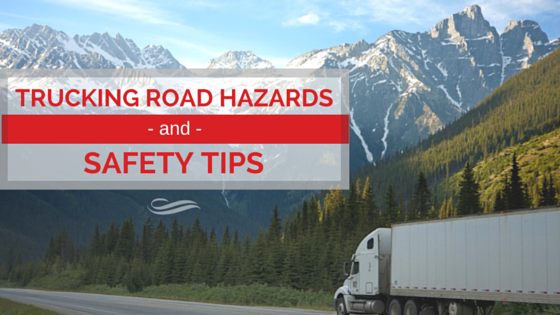From my previous article about ‘Cargo Vessels Used in Freight Forwarding: Dry Cargo Vessel’, here is the continuation of the cargo vessels used in forwarding.
In the early ages, transporting goods to neighboring states or countries can only be done through the sea with a trusted shipping company in the Philippines by your side unless the area is connected with enough landmass to walk or pass by on without hassle. To make trades with another country, one must convey sea freight forwarding through ships or vessels yet could not afford to transport in bulks. But as the years passed by, magnificent innovation have ruled the world. Being a freight forwarder in the Philippines will not be a hassle anymore. The society now has modernized means of transportation resulting to secured and delivered goods.
In a sea freight business, most of the products to be delivered are heavy duty, some are liquefied and most of the time temperature-conscious. One must consider the needs of the products to be delivered to result to effective forwarding.
A liquid vessel or mostly known as the tanker (or tank ship or tankship) is a merchant vessel designed to transport liquid gasses in bulk. These vessels range its size capacity to several hundred tons depending upon the amount of freight to be delivered. Major types of tankship where oil tanker, the chemical tanker, and gas carrier. Fun fact about tankers, any type of tanker used to refuel other ships is called an oiler.
Oil Tanker
An oil tanker or petroleum tanker was built for bulk transport of oil. There are two basic types of oil tankers:
Crude Tankers |
Oil Tankers |
|---|---|
| - Are tankers that weigh large quantities of unrefined crude oil from its point of extraction to refineries. | - Are tankers responsible for moving refined product from refineries to points near consuming markets and much smaller than crude tankers. |
| - These tankers have difficulty in docking due to their supersize so instead, it was unloaded at offshore pumping stations/ terminals. | - These tankers carry petroleum, diesel, asphalt, jet fuel, tar and lubricating oil. They also carry petroleum bulk products such as palm oil. |
These tankers classification varies from their size as well as their occupation. Their size ranges from inland or coastal tankers of a few thousand metric tons of deadweight (DWT) to the mammoth ultra-large crude carriers(ULCCs) of 550,000 DWT.
 |
| Source: Wikipedia |
The Zoroaster tanker is the world’s first tanker named after the Persian prophet Zarathustra. It was operated on 1878 and built with steel (Bessemer variance) while its oil holds were built with iron.
Chemical Tanker
A chemical tanker is a tanker ship solely built to forward industrial chemicals and clean petroleum products in bulk, these ships also carry other types of sensitive cargo that requires heavy cleaning of tanks, these are palm oil, vegetable oils, tallow, caustic soda, and methanol.
These tankers have identifying specialize coatings to determine the type of cargo the tank is carrying, such as aggressive acid cargoes: sulfuric and phosphoric acid and easier cargoes such as vegetable oil could be carried in epoxy coated tanks. Through its coatings, determining the level of cleaning should be taken effect from the coatings of the vessels. The coatings have such huge influence in this type of tanker.
Gas Carriers
Gas carrier or gas tanker is designed to forward liquefied petroleum gas (LPG), liquefied natural gas (LNG) or liquefied chemical gasses in bulk. It has a design feature of having spherical tanks for cargoes with strict temperature which is under high pressure and often at low temperatures. These carriers require specialist terminals and handling equipment in loading and unloading of the freight.
 |
| Source: Wikipedia |
LGNs are usually larger than LPGs, Q-Max being the largest type of liquefied gas vessel. Q-Max name was a combination of names, ‘Q’ being Qatar and max as the maximum size of ship able to dock at the LNG terminals in Qatar. It size measures to 345 m (1,132 ft) being the length, beam sizing to 53.8 m (177 ft) and height of 34.7 m (114 ft) with an LNG capacity of 266,000 cubic meters (9,400,000 cu ft), equal to 161,994,000 cubic meters (5.7208×109 cu ft) of natural gas. Making Q-Max as the largest LNG carriers in the world.
This article is brought to you by Metro Combined, the leading land, air, and sea freight forwarder in the Philippines founded since 1997.











